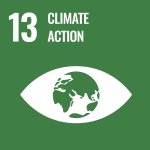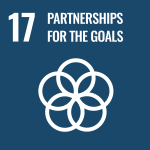Inspired by nature: replicating photosynthesis to produce chemicals
Sunlight, carbon dioxide (CO2), and water are all that plants need for photosynthesis, the most important process for building biomass. Biomass is a renewable resource and can be converted into chemicals, polymers and fuel for energy. Using biomass as feedstock, is one way that the chemical industry can reduce CO2 emissions and go climate neutral by 2050.
Another approach could be the use of CO2 as a direct feedstock. Siemens Energy and Evonik have therefore partnered up in an innovative project that replicates the photosynthetic process in a test plant to produce chemicals directly from CO2, water, and sunlight.
The partners aim to show that this kind of artificial photosynthesis is feasible using renewable energy. The ingredients needed are CO2, water, electricity from renewable sources and bacteria. Through a combination of electrochemical and biotechnological steps, CO2 is converted into valuable specialty chemicals, in a process similar to how leaves use chlorophyll and enzymes to synthesise glucose.
How does it work exactly? In a first step, CO2 and water are converted into carbon monoxide (CO) and hydrogen with the aid of electricity. The electricity is obtained from renewable sources such as wind turbines and solar panels. As a second step, special microorganisms convert the resulting CO into chemicals. The process is so flexible that it can respond to fluctuations in power supply, ensuring stability of the grid.
In September 2020, Evonik and Siemens Energy commissioned a pilot plant working with this technology. The plant, sponsored by the German Federal Ministry of Education and Research (BMBF) produces chemicals like butanol and hexanol, both of which are starting materials for specialty polymers and dietary supplements, for example.
Associated SDH targets


